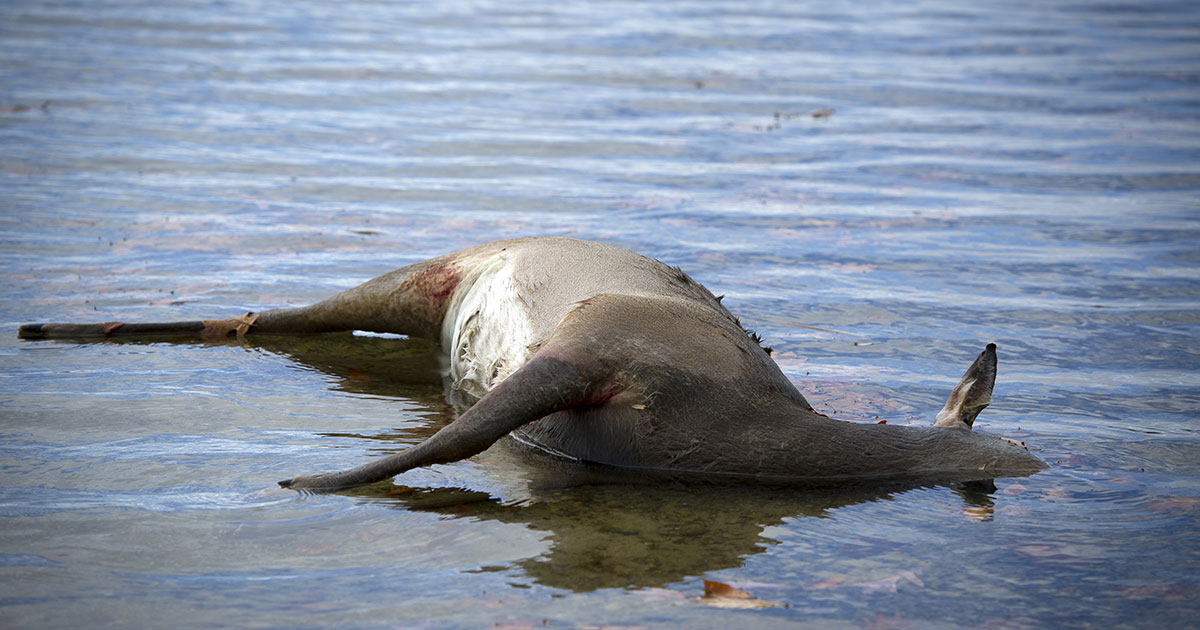By Louie Stout It’s no secret that deer are dying throughout Michiana and it’s likely to continue until we get a frost. The northern Indiana/southern Michigan die-off is the result of epizootic hemorrhagic disease, or EHD. EHD primarily affects white-tailed deer. It is transmitted through the bite of an infected midge, or biting fly. Deer cannot transmit the disease directly to one another; the virus must pass through the insect. Outbreaks of EHD typically occur in late summer and early fall but cease with the first frost, which kills the midge population. Infected deer exhibit symptoms such as loss of appetite, reduced fear of humans, weakness, excessive salivation, rapid pulse, increased respiration and fever. They may also seek out water to cool their elevated body temperatures. In severe cases, the disease leads to unconsciousness and death. Wildlife biologists in both states are monitoring the EHD outbreak but acknowledge there isn’t much they can do. Michigan “There are no management interventions we can use,” said Michigan DNR Biologist Ken Kesson at Crane Pond Game Area in Jones. “We’ve got it in 11 counties in Southwest Michigan and it will likely continue until a frost kills off the midges.” However, he added, it doesn’t impact all deer. “I don’t see it being a major factor in the deer population but it will have an impact in some localized areas,” said Kesson. If you suspect you have found a deer that has contracted or died from EHD, please submit the observation through the DNR’s online reporting system, Eyes in the Field. In most cases, deer will be found in or near water. Indiana Some areas of northern Indiana have been hit harder than others. As of Oct 3, the Indiana DNR has received reports of the following northern counties with dead deer: Allen, 199; Elkhart, 10; Kosciusko 93; LaGrange, 13; Lake, 33; LaPorte 87; Marshall, 0; Noble, 81; Porter, 390; St. Joseph, 6; Steuben 68. “We won’t know the impact until we do our population assessment in the winter,” said Indiana DNR Deer Biologist Joe Caudell. Due to the high numbers, Indiana has reduced the number of bonus antlerless permits it issues in Allen, Porter and Wabash counties. Indiana DNR asks that you report deer that appear to have died of EHD (e.g., found dead near water or exhibit signs listed above) via the online reporting system. Dead Deer from EHD
Dead Deer from EHD
Property owners are responsible for proper disposal of deer carcasses if they wish to remove them. Carcasses can be left to decompose naturally, be buried at sufficient depth so that no body parts are showing, or be removed and disposed of in an approved landfill that accepts household solid waste.
Wednesday, November 26, 2025
Monday, November 24, 2025
EHD Taking Its Toll on Michiana Deer Herd
- Details




